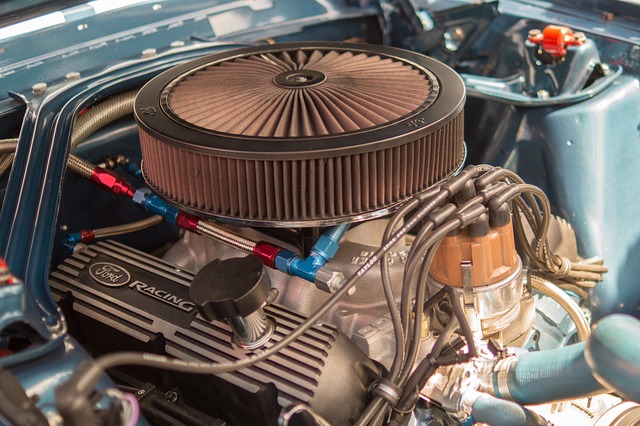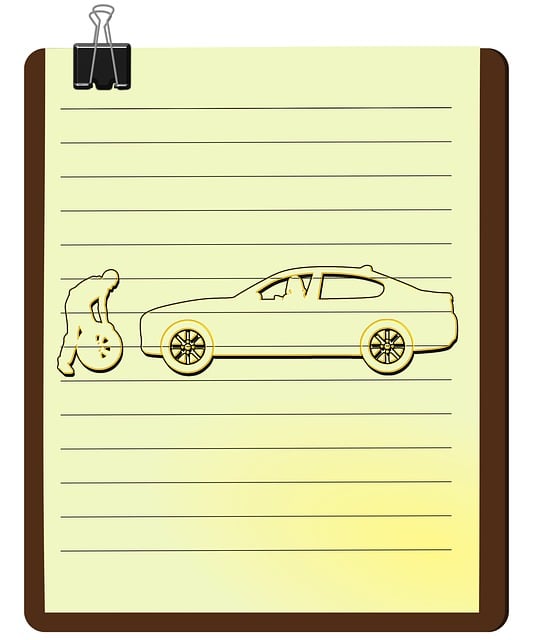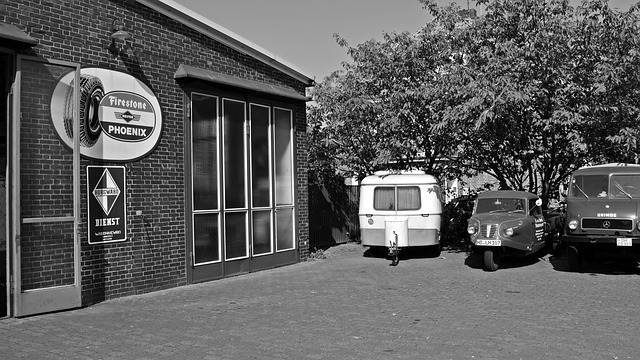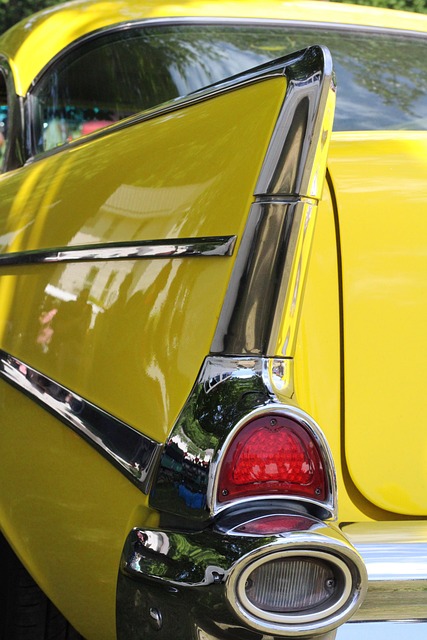Installing aftermarket auto glass requires meticulous preparation. Inspect and address frame damage, corrosion, and existing glass issues. Use precise tools for measurements and double-check alignment. Safely remove old glass, clean openings, and consider professional help if needed. Proper preparation ensures a secure, durable fit for enhanced vehicle safety and insulation.
Looking to upgrade your vehicle’s windows with aftermarket auto glass? This comprehensive guide will walk you through the process, ensuring a smooth and successful installation. From preparing your vehicle, choosing the right glass for your model, to mastering alignment and sealing techniques, we cover everything. Learn how to avoid common complications and enjoy the benefits of improved safety, visibility, and style with your new aftermarket auto glass.
- Preparing Your Vehicle for Aftermarket Glass Installation
- – Assessing your vehicle's window frame and existing glass
- – Removing damaged or old glass safely
Preparing Your Vehicle for Aftermarket Glass Installation

Before installing aftermarket auto glass, ensuring your vehicle’s frame and car bodywork are prepared is paramount. Start by inspecting the area where the new glass will be fitted; it should be clean, free from any debris or damage. If there’s any existing auto glass damage or cracks in the car bodywork, these must be addressed through automotive collision repair to create a smooth surface for the new glass.
Proper preparation includes filling and sanding any gaps or imperfections in the vehicle’s frame to guarantee a secure fit. This step is crucial, especially if you’re replacing side or rear windows, as a seamless installation is key to preventing air leaks and ensuring optimal insulation. A well-prepared car bodywork will also make the glass more durable and less prone to damage over time.
– Assessing your vehicle's window frame and existing glass

Before installing aftermarket auto glass, it’s crucial to assess your vehicle’s window frame and existing glass. This involves examining the condition of the surrounding metal for any signs of damage or corrosion. Aftermarket glass should fit seamlessly into this framework; even a slight misalignment can lead to complications down the line. Consider also the thickness and quality of the current glass—if it’s significantly different from the replacement, you may encounter issues with sealing and structural integrity.
For accurate measurements, utilize tools like calipers and templates provided by reputable auto parts manufacturers. If your vehicle has undergone collision repair services or frame straightening, double-check that all components are now in alignment. This attention to detail ensures a smooth installation process, maximizing the lifespan and safety of your aftermarket auto glass.
– Removing damaged or old glass safely

Removing damaged or old glass safely is a crucial step before installing aftermarket auto glass. It’s essential to wear protective gear, including gloves and safety goggles, to avoid any potential hazards. First, carefully pry out the broken pieces using a suitable tool, being mindful of sharp edges. Once the old glass is removed, thoroughly clean the opening and surrounding area to ensure a secure fit for the new aftermarket auto glass.
Remember that navigating this process requires precision and attention to detail. If you’re not comfortable tackling it yourself, consider seeking professional car paint services or bumper repair experts who can handle the task, ensuring your vehicle’s safety and structural integrity throughout the auto maintenance process.
Applying aftermarket auto glass can be a straightforward process if you follow proper preparation steps. By assessing your vehicle’s window frame, ensuring safe removal of old or damaged glass, and using the right tools, you can achieve a seamless installation. Remember, a well-prepared surface and careful handling are key to avoiding complications and enjoying the benefits of upgraded aftermarket auto glass.













